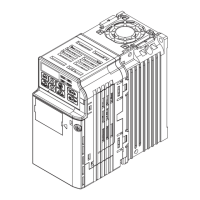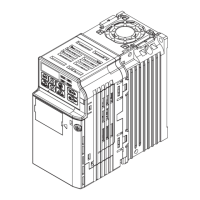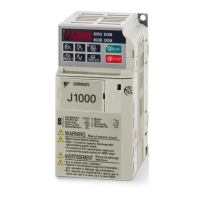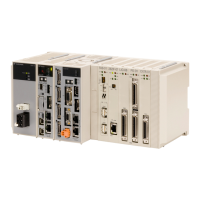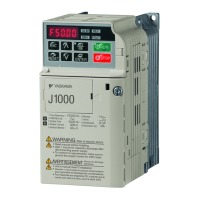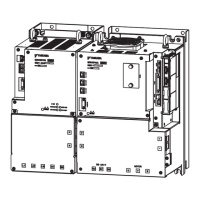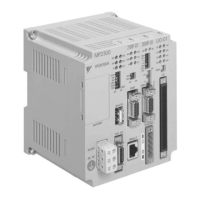7.2 Inspection
Power electronics have limited life and may exhibit changed characteristics or performance deterioration after years of use
under normal conditions. To help avoid such problems, it is important to perform preventive maintenance and periodic
inspection on the drive.
Drives
contain a variety of power electronics such as power transistors, semiconductors, capacitors, resistors, fans, and relays.
The electronics in the drive serve a critical role in maintaining proper motor control.
Follow the inspection lists provided in this chapter as a part of a regular maintenance program.
Note: The drive will require more frequent inspection if it is placed in harsh environments, such as:
• High ambient temperatures
• Frequent starting and stopping
• Fluctuations in the AC supply or load
• Excessive vibrations or shock loading
• Dust, metal dust, salt, sulfuric acid, chlorine atmospheres
• Poor storage conditions.
Perform the first equipment inspection 3 months after installation.
u
Recommended Daily Inspection
Table 7.1 outlines the recommended daily inspection for Yaskawa drives. Check the following items on a daily basis to avoid
premature deterioration in performance or product failure. Copy this checklist and mark the “Checked” column after each
inspection.
WARNING! Electrical Shock Hazard. Do not connect or disconnect wiring while the power is on. Failure to comply can result in serious
personal injury. Before servicing the drive, disconnect all power to the equipment. The internal capacitor remains charged even after the
power supply is turned off. The charge indicator LED will extinguish when the DC bus voltage is below 50 Vdc. To prevent electric shock,
wait at least one minute after all indicators are OFF and measure the DC bus voltage level to confirm safe level.
Table 7.1 General Recommended Daily Inspection Checklist
Inspection Category Inspection Points Corrective Action Checked
Motor
• Inspect
for abnormal oscillation or noise coming from
the motor.
• Check the load coupling.
• Measure motor vibration.
• Tighten all loose components.
Cooling
• Inspect
for abnormal heat generated from the drive or
motor and visible discoloration.
• Check for excessive load.
• Loose connections
• Check for dirty heatsink or motor.
• Ambient temperature
Cooling Fan • Inspect drive cooling fan operation.
• Check for clogged or dirty fan.
•
Check fan operation drive parameter.
Environment
• Verify the drive environment complies with the
specifications listed in the Installation section of this
manual.
• Eliminate the source of contaminants or correct
poor environment.
Load
• The
drive output current should not be higher than the
motor or drive rating for an extended period of time.
• Check for excessive load.
• Check the motor parameter settings of the drive.
Power Supply Voltage • Check main power supply and control voltages.
• Correct the voltage or power supply to within
nameplate specifications.
•
Verify all main circuit phases.
7.2 Inspection
156
YASKAWA ELECTRIC SIEP C710606 31B YASKAWA AC Drive – J1000 Technical Manual
http://nicontrols.com
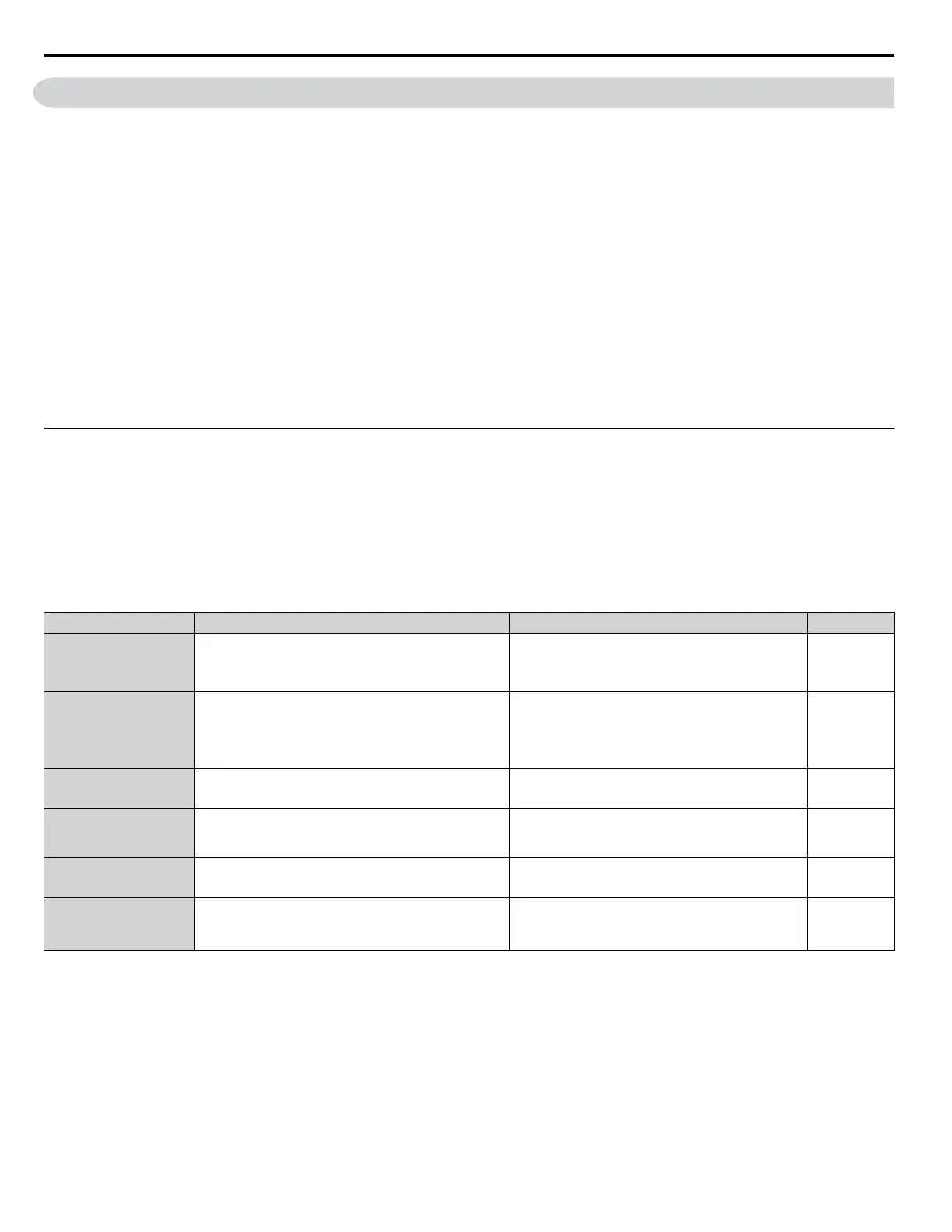